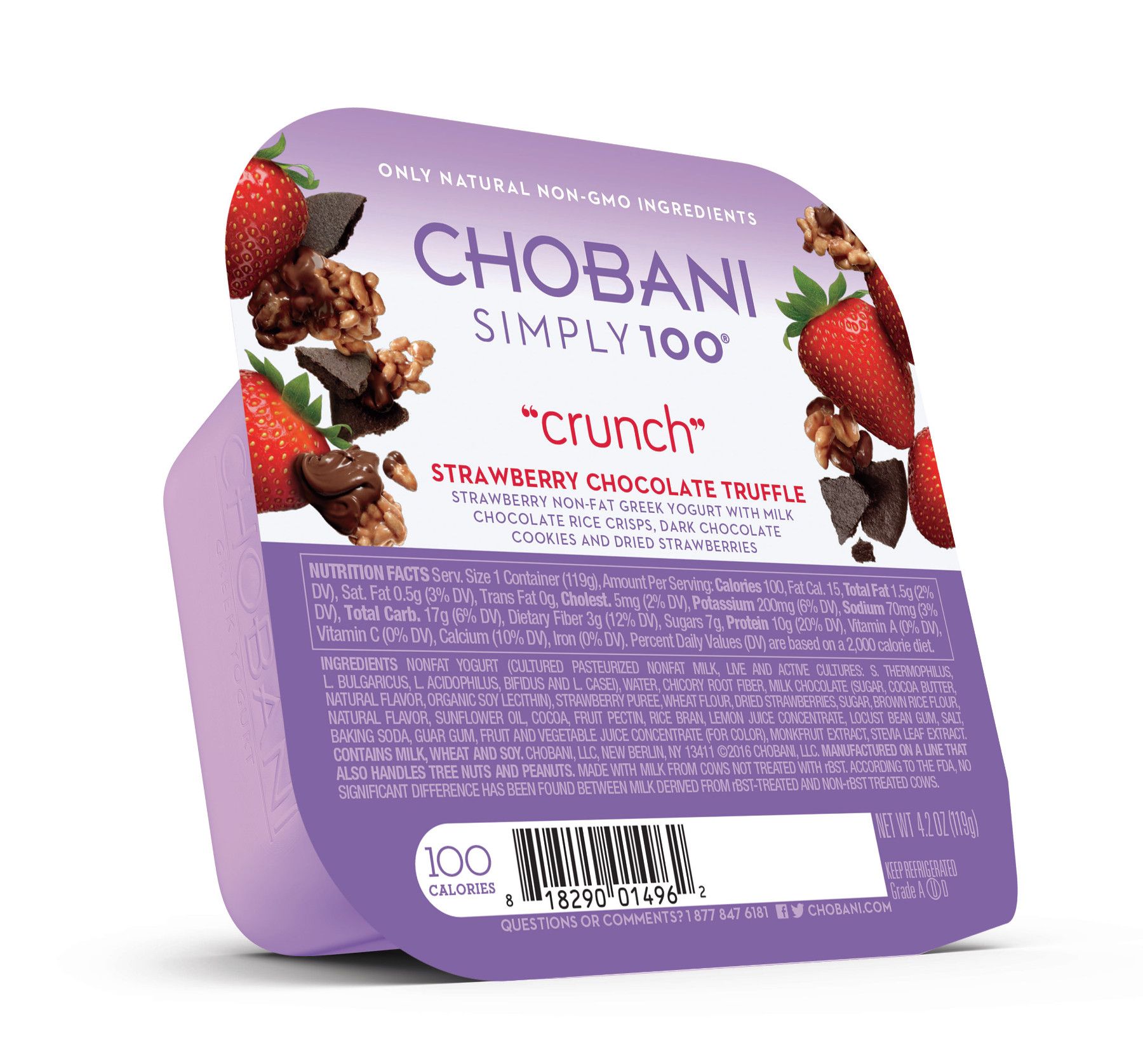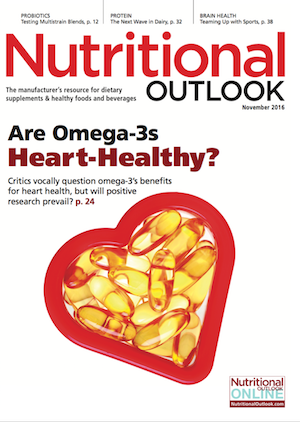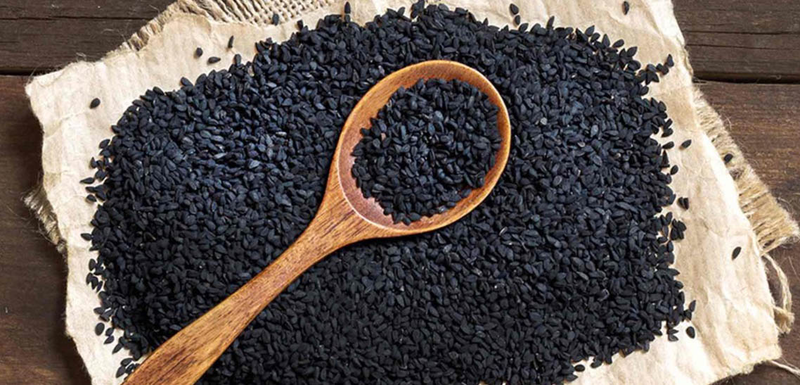Stevia's Growth Markets
Consumer demand for natural and clean-label is driving natural sweeteners like stevia. But there’s still lots of opportunity for growth.
Photo from Chobani

Natural sweeteners have enjoyed a good amount of success so far, and, in large part, they have clean-labeling to thank for it. As consumers demand cleaner labels-shorter and more recognizable ingredient lists-they are also paying more attention to ingredient origins, as well as how natural ingredients truly are. This has had a radical and ongoing effect on ingredient use in the industry, with companies now seeking to use all-natural or predominantly natural formulations wherever possible.
In the sweeteners market, we’ve seen this preference for natural ingredients play out in the backlash against some non-caloric or low-calorie sweeteners perceived to be artificial. Opportunities now abound for natural sweeteners like agave, honey, monk fruit, cane juice, and, of course, the highest-profile natural sweetener of them all, stevia.
Stevia
Still, stevia’s penetration has not been as high as expected, despite ongoing regulatory approvals that were initially expected to cause something of a revolution in the sweetener’s use. Based on the product launches Innova Market Insights recorded in the 12 months ending June 2016, just over 1% of global food and drink launches featured stevia. The numbers are higher in the United States (but still modest), where launches featuring stevia sat at 3.2%.
While stevia-sweetened products are being introduced across a range of food and drink sectors, most of the launches were in soft drinks and sports nutrition products. In the United States, these categories together accounted for more than half (55%) of all U.S. product launches using stevia.
Stevia has also impacted the sugar and sweeteners market, where over 28% of introductions featured stevia, either alone or in combination with other ingredients. Still, these launch numbers are relatively low overall, indicating room for opportunity for further innovation.
Soft Drinks
In the 12 months ending June 2016, just under 13% of soft drink launches featured stevia. Stevia is now being used by some of the market’s leading players, most notably Coca-Cola (with Coca-Cola Life) and PepsiCo (with Pepsi True). As opposed to the classic, full-sugar or calorie-free diet sectors, both brands are targeting the lower- or mid-calorie soft-drink markets. Coca-Cola Life is now available in a range of countries, but it has also undergone a number of changes largely in response to a lack of consumer understanding of the mid-calorie concept. (In the U.S. cola category, for example, sales of classic, full-calorie colas have remained relatively static in recent years, while sales of lower-calorie options have actually fallen.)
Instead, stevia’s usage has mainly come from other parts of the soft-drinks market, led by concentrates and mixers, which accounted for 29% of U.S. soft-drink launches featuring stevia in the 12 months ending June 2016, followed by flavored bottled water (21%), juices/juice drinks (just under 20%), iced tea (11.5%), and energy drinks (7%).
In general, soft drinks are trying to present an intrinsically healthy and natural image, so stevia still has room to play in this sector, including in blends with other natural and organic ingredients. And the work continues. New product development is rolling out from brands like Zevia zero-calorie sodas, Jones Stripped natural premium sodas with an organic agave/stevia sweetener blend, Honest Ginger Beer and H2O Water Enhancers with stevia sweeteners, and In the Raw reduced-calorie beverages with stevia.
Dairy
In the dairy sector, stevia usage is relatively low. Less than 4% of dairy launches in the 12 months ending June 2016 included stevia. There is, however, more substantial interest in stevia in the drinking yogurt/fermented beverages sub-category, where stevia was used in nearly one-third of introductions. There is also interest in the yogurt category, where stevia tends to be used in a sweetener blend rather than on its own.
Yoplait’s Yogurt & Juice blends, launched in the United States in 2015, use monk fruit and stevia as natural sweeteners. Chobani’s Simply 100 Greek yogurt range is sweetened with a blend of stevia, monk fruit, and evaporated cane juice. In early 2016, Chobani rolled out a new media campaign for the Simply 100 brand focusing on its all-natural credentials. It also introduced a new Simply 100 Crunch mix-in yogurt, pictured above, sweetened with stevia and monk fruit.
Opportunities Ahead
While stevia receives a lot of attention, it is not the only natural sweetener in town. Future opportunities lie in the increasing number of natural-sweetener blends, including stevia plus sugar, stevia plus erythritol, and blends with other natural sweeteners like honey, agave, and monk fruit. Stay tuned.
Innova Market Insights is your source for new-product data. The Innova Database (www.innovadatabase.com) is the product of choice for the whole product-development team, offering excellent product pictures, search possibilities, and analysis. See what food manufacturers are doing around the world: track trends, competitors, ingredients, and flavors. In today’s fast-moving environment, this is a resource you cannot afford to be without.
Also read:
Stevia and Monk Fruit: What Makes a Natural Sweetener Natural?
2016 Ingredient Trends to Watch for Food, Drinks, and Dietary Supplements: Stevia

Prinova acquires Aplinova to further increase its footprint in Latin America
April 7th 2025Prinova has recently announced the acquisition of Brazilian ingredients distributor Aplinova, which is a provider of specialty ingredients for a range of market segments that include food, beverage, supplements, and personal care.






















